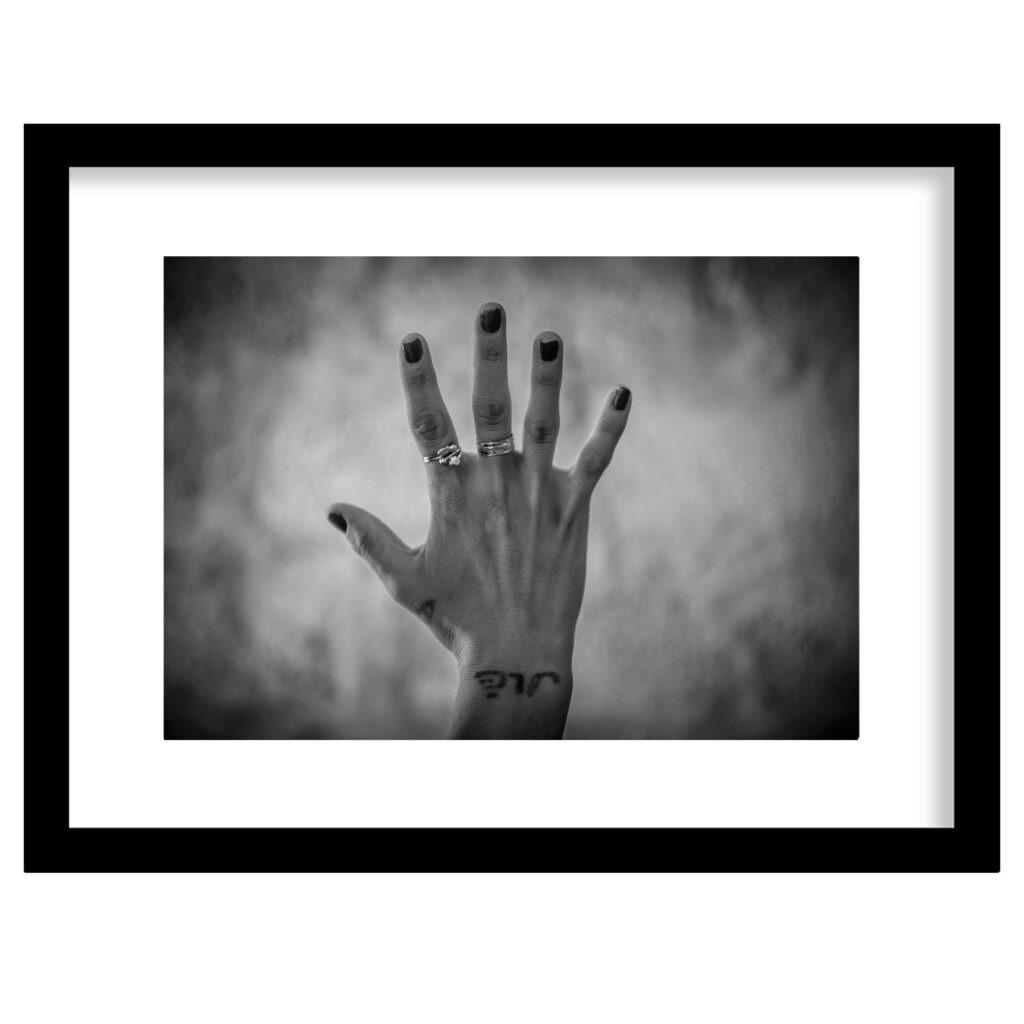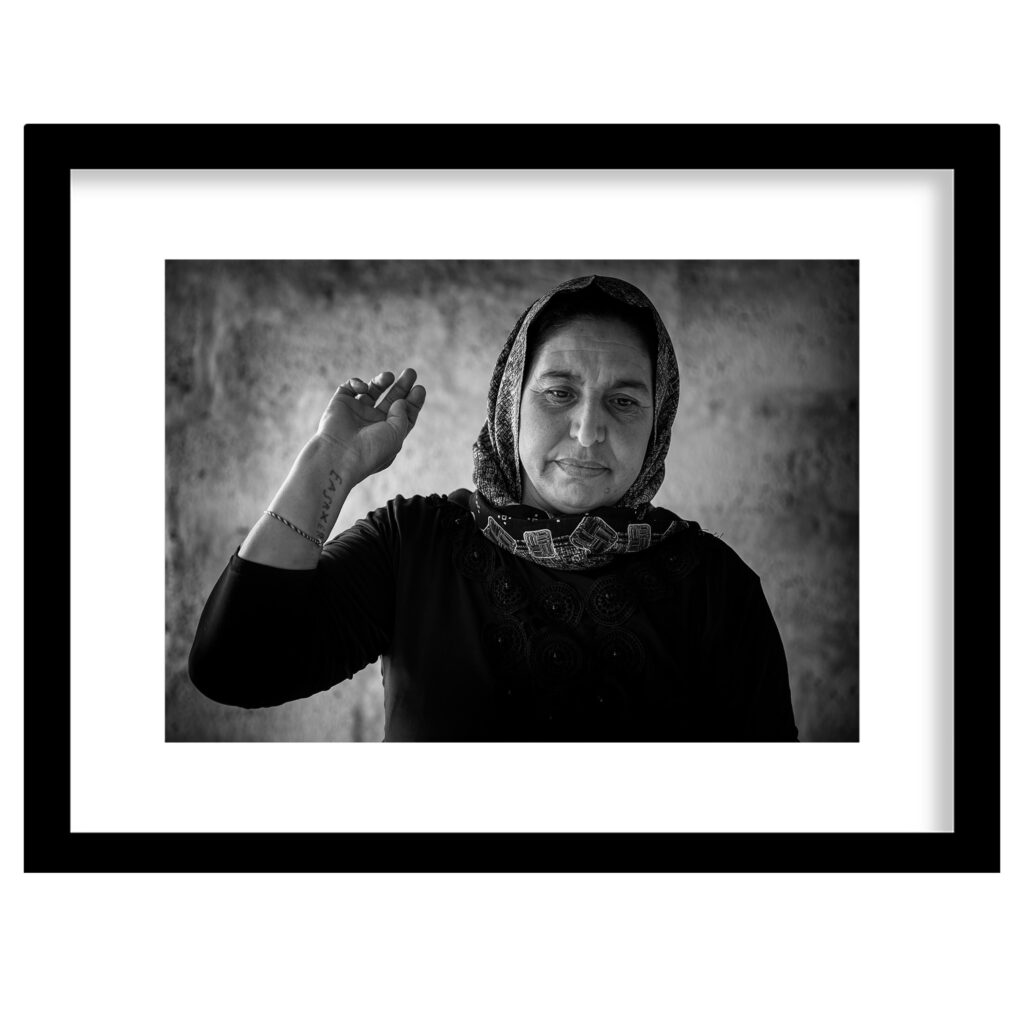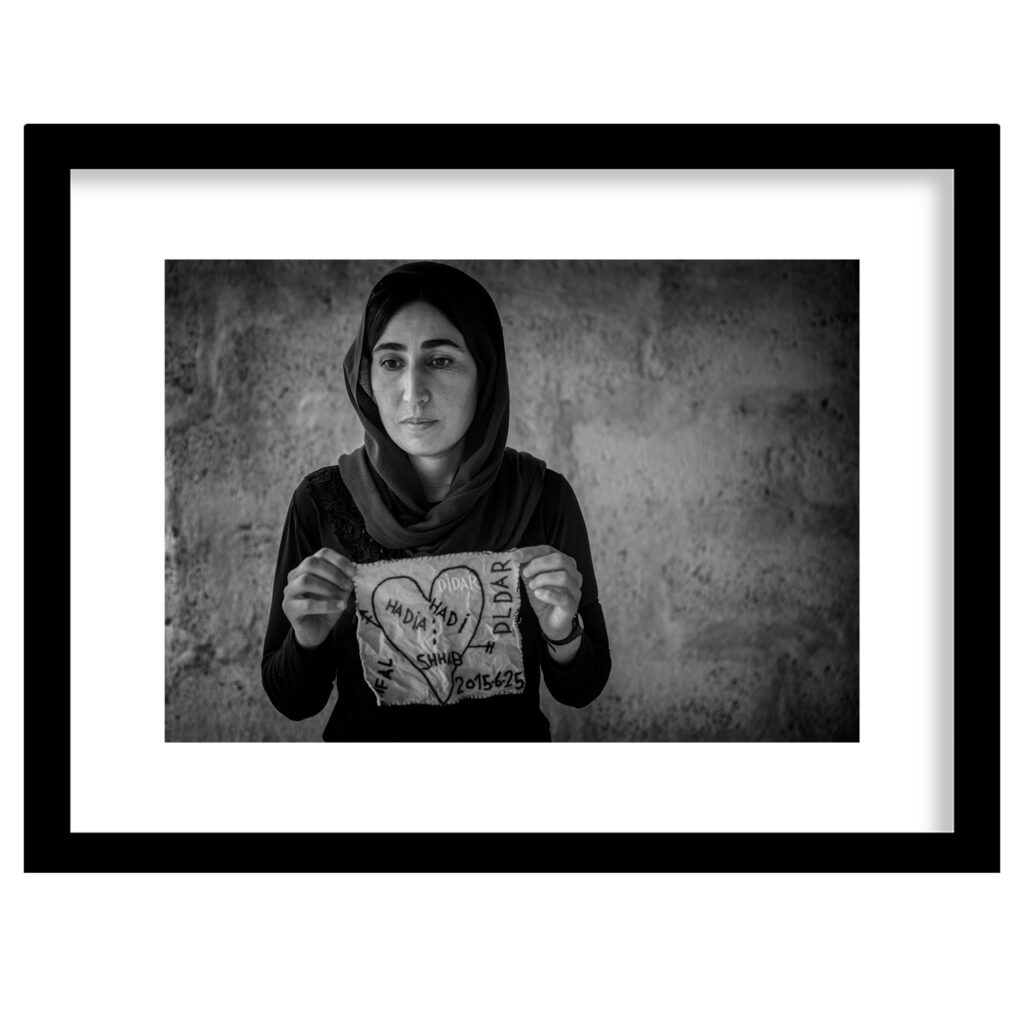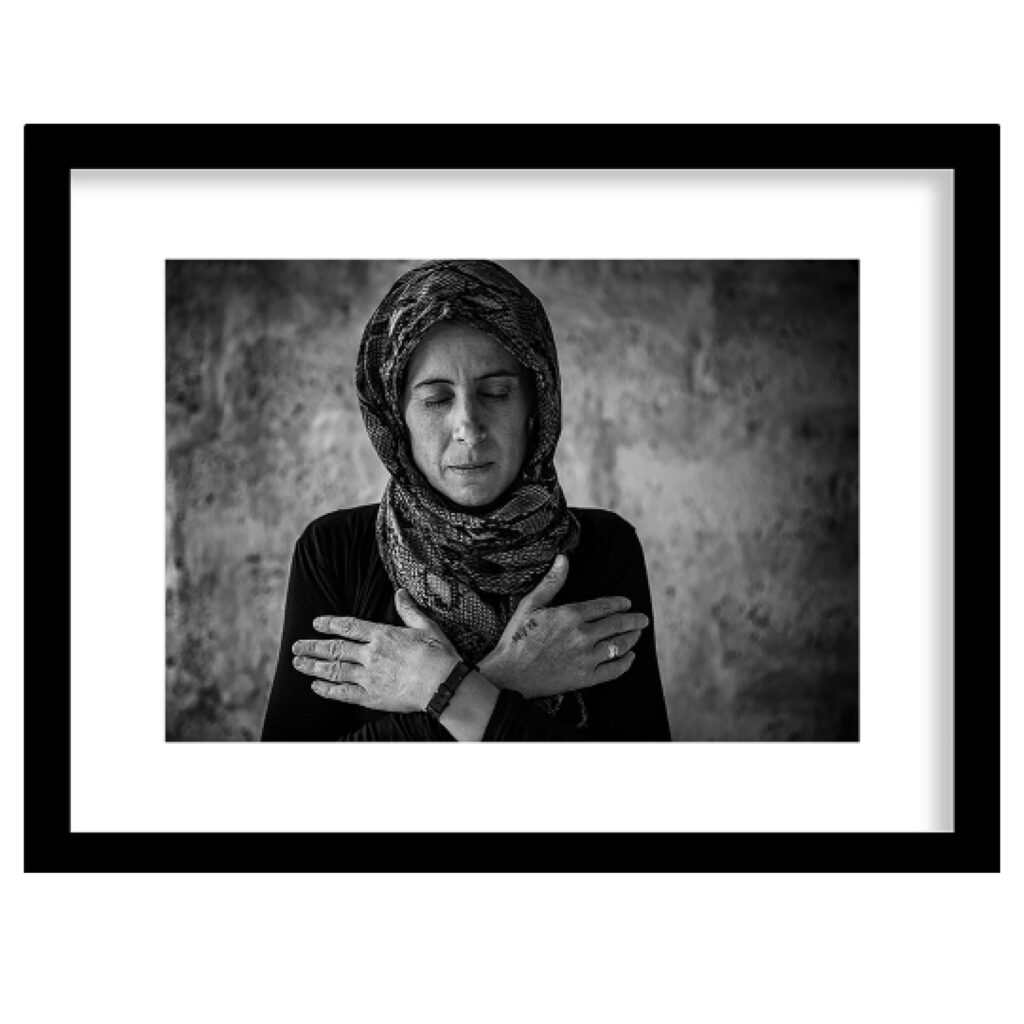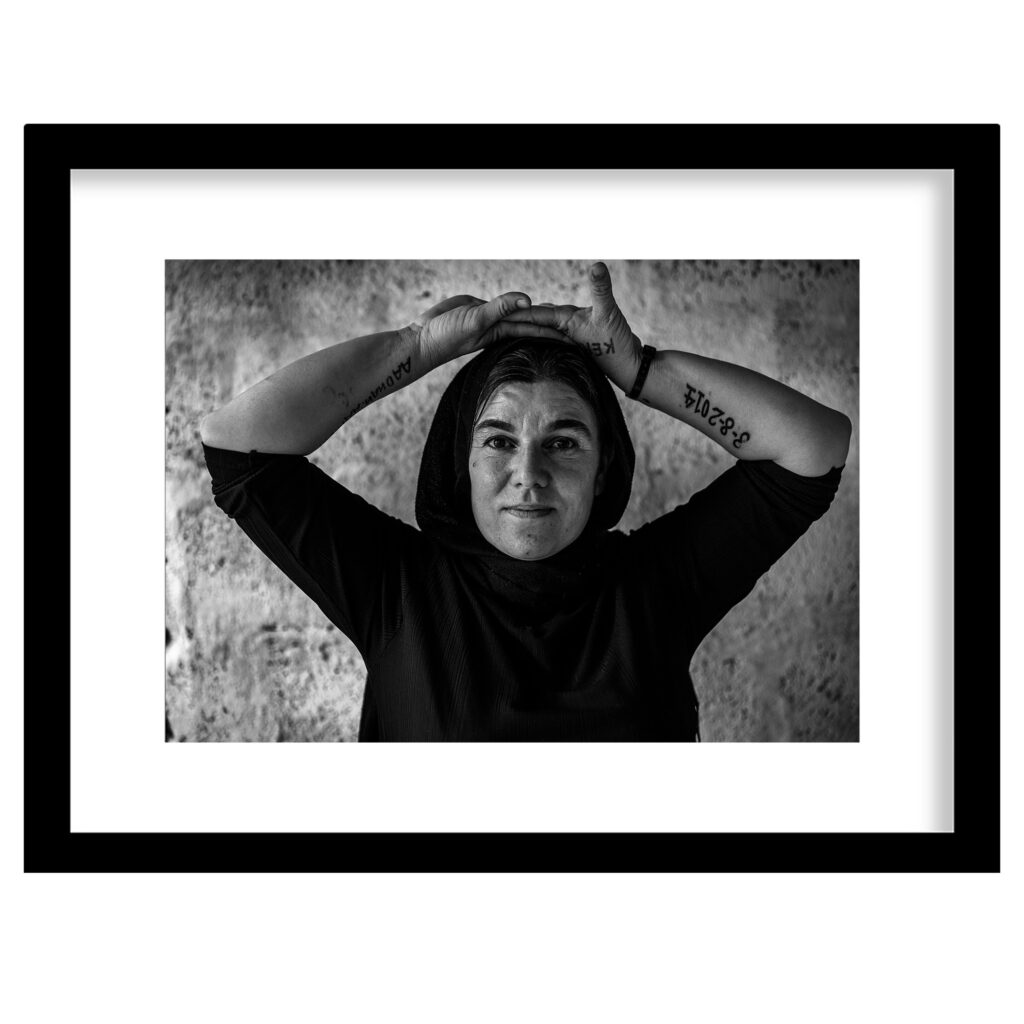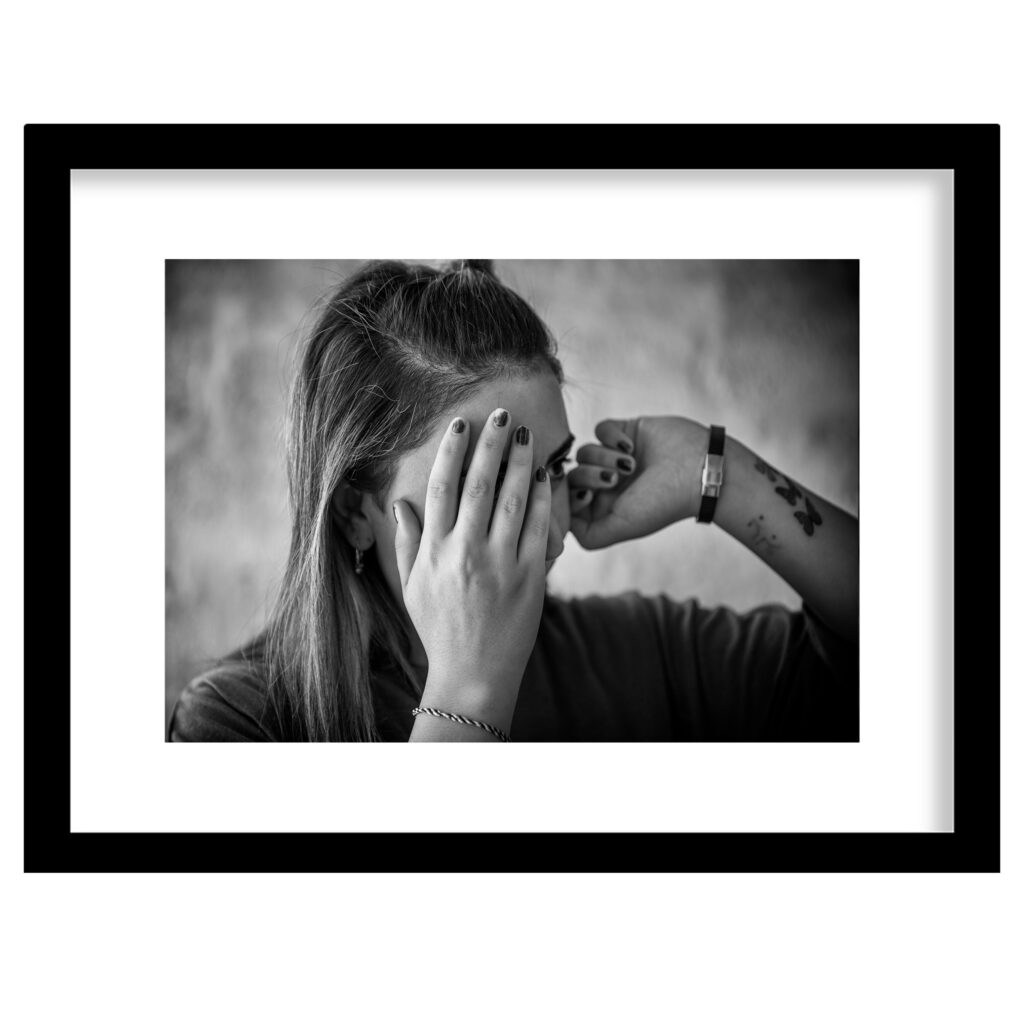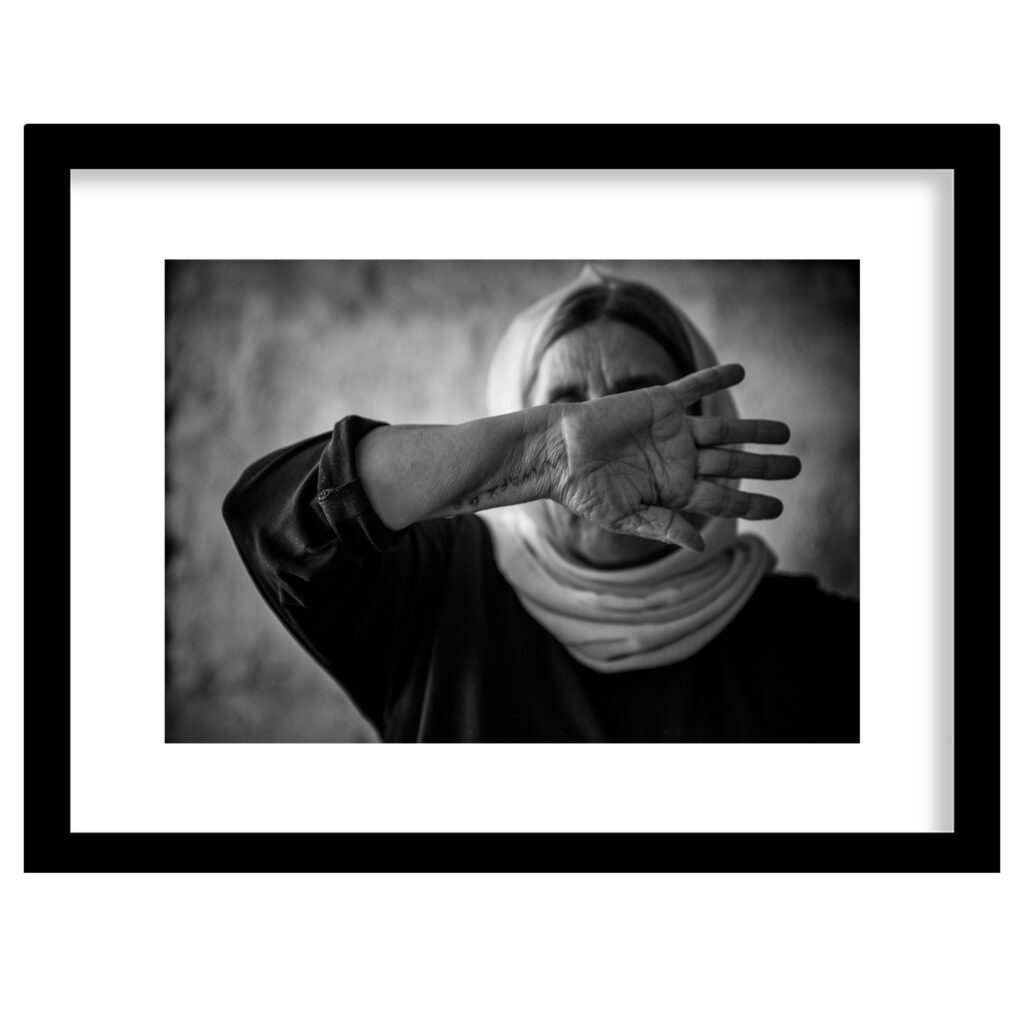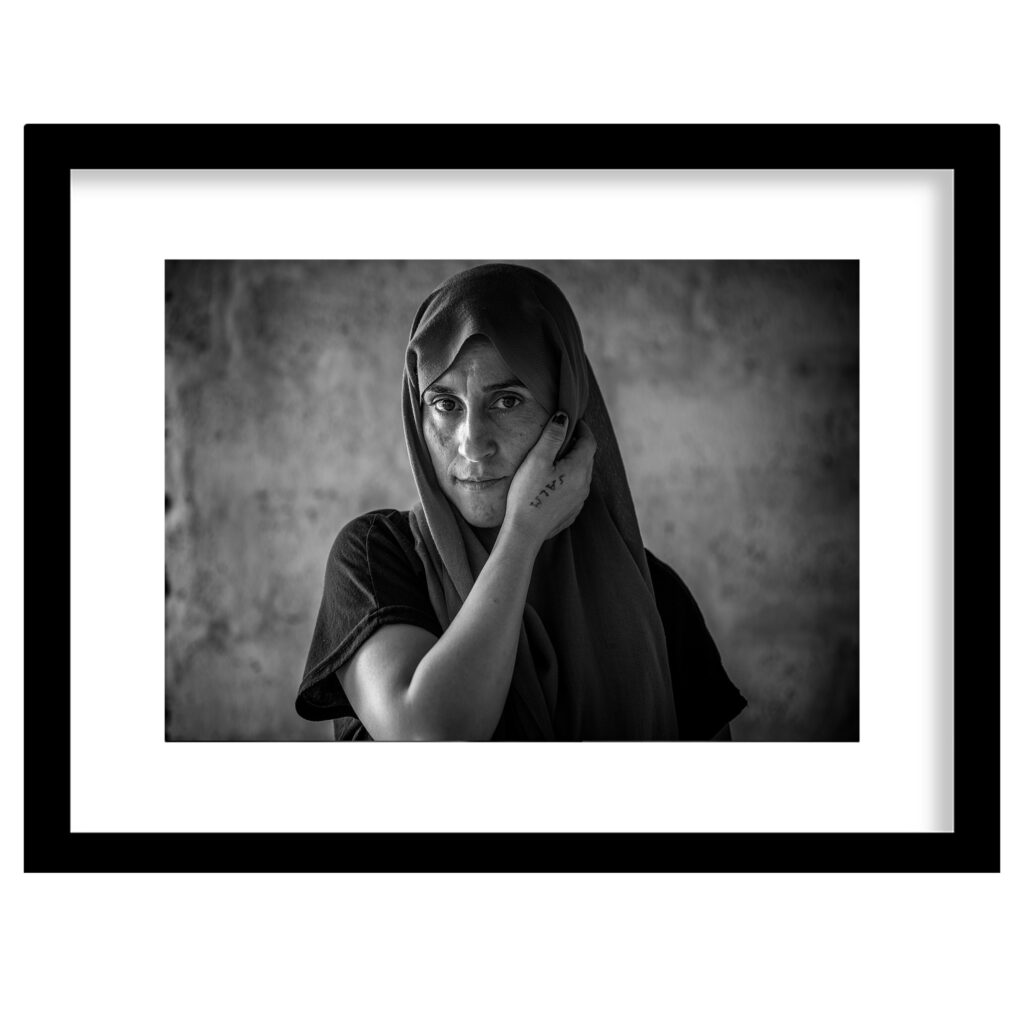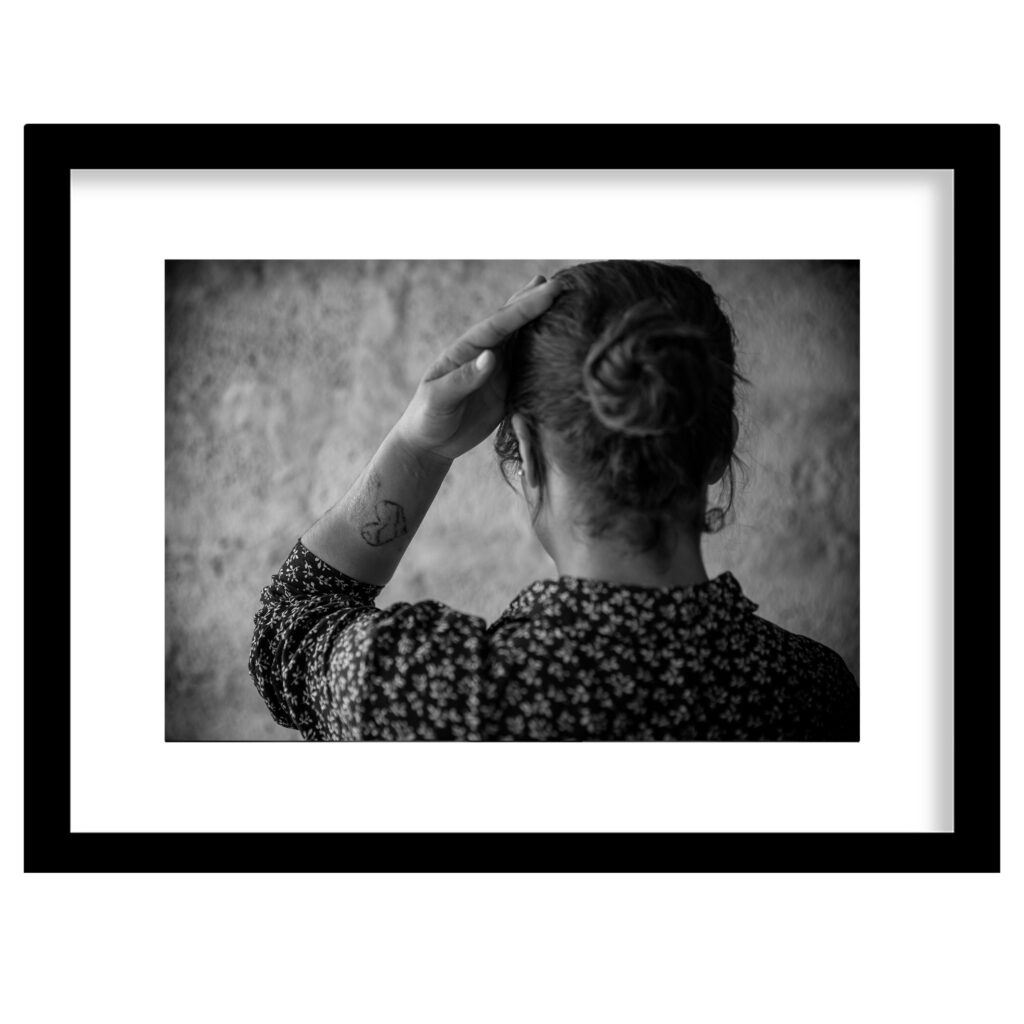Meet Artist Sha
Shaghayegh Moradiannejad is a Vancouver based Social Documentary Photographer who studied at the Danish School of Media and Journalism. Shaghayegh’s photographic works highlight the story of women who carry the heavy burden of war on their shoulders.
Shaghayegh records the long-term effects of war on women and children and risks her own well-being traveling through combative parts of the world, using photography to announce their suppressed sorrow. Her documentary effort was started in Iran and Afghanistan several years ago. Shaghayegh continues shedding light on the impact of war on women and children in other areas of the world through her work.
A statement from Sha…
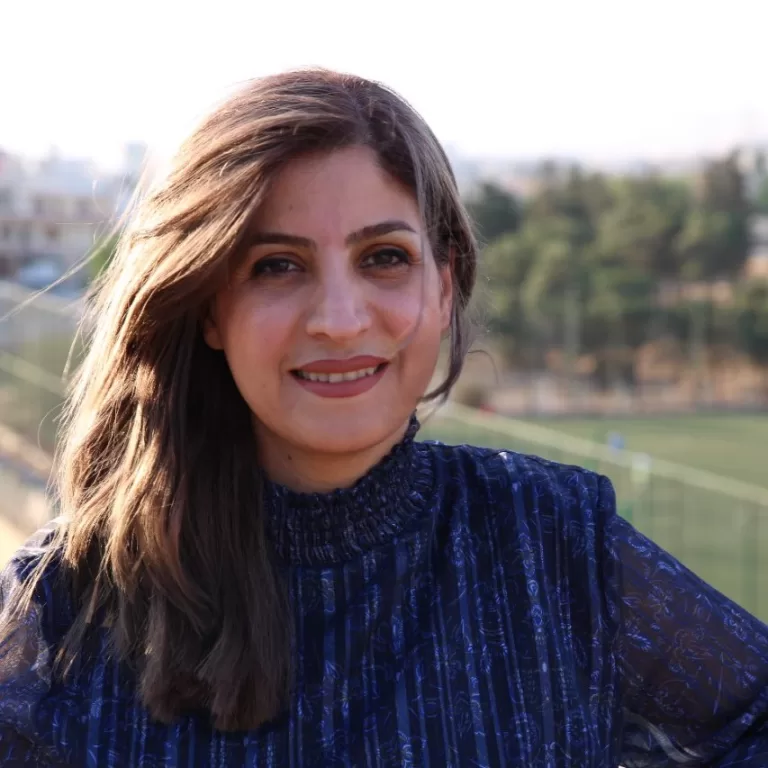
“As a social documentary photographer, I focus on capturing human experiences and stories that define my work.
I highlight the impact of war on women and bring attention to challenges women face and the lasting impact of war through my artistic photography.
Living in Iran and having experienced the effects of an oppressive regime, I am dedicated to announcing through photography the overlooked and underrepresented.”
#WomenLifeFreedom
Artist Interview – Sha
We have the pleasure of interviewing Sha, a talented photojournalist who has captured some of the most captivating and thought-provoking images from around the world. As a photo documentary journalist, her work is not just about taking pictures, but also about telling a story, evoking emotions, and providing a visual representation of the world we live in. Sha tells us about her experiences, techniques, challenges, and the importance of photojournalism in today’s society.
“What is your most challenging piece and why?”

I am a social documentary photographer who tries to be the storyteller of women and their children who suffer from social issues.
The most challenging part is capturing the issues that happen to women and the effects on their children, even the next generation.
With each portrait, I have to think and research deeply about their lives. They are not a subject in front of my camera. They are humans with lots of feelings and emotions that have the right to live right. This is the most challenging part of my photo series.
“How do you align with The Art Spread’s mission of inclusion and awareness??”
Nadin and Rawan are two extraordinary young ladies interested in Art and, on the other hand, social issues involving women.
The Art Spread is a place you can enjoy art with a meaningful message behind it. In my case, it is an excellent opportunity to tell the story of women living far from our community, but The Art Spread platform is a great opportunity to share their story.
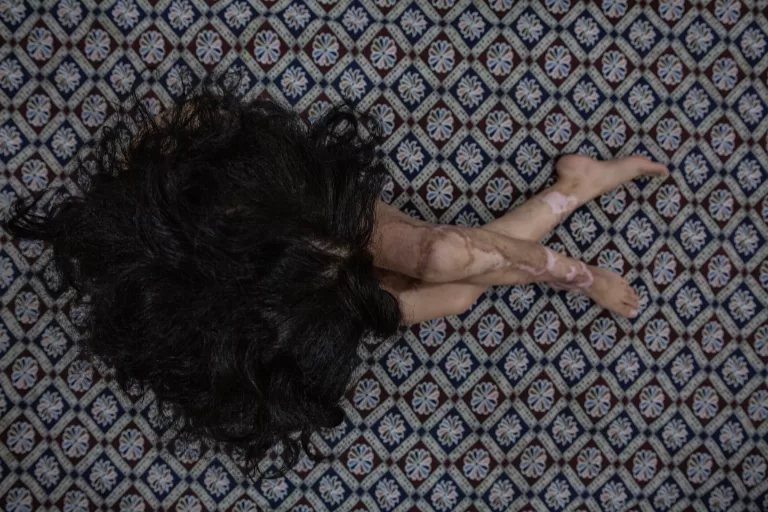
“What is your latest project/what are you currently working on?”

I am working on a photo series named “Roulah” that I started in 2019.
It is about Kurdish women who had self-immolation. Unfortunately, Kurdish women have the highest rank of committed suicide in the world, which means this sad story needs a lot of attention. Kurdish people live in four countries, Iran, Iraq, Turkey and Syria.
Roulah is a Kurdish word that means my dear child.
“Who is your biggest fan and supporter?”
My younger sister, Setareh, is really my fan and supporter. She is the first to see my photos and knows what happens behind each of them. She is the only one who is beside me through all ups and downs of my travelling when I want to capture the women’s stories.
“How can our audience keep in touch with you?”

You can connect with me on Instagram (@shaghayegh_moradiannejad) and see more of my work on my website www.shaghayeghphotos.com
Make a difference to our artists with your tax-deductible purchase.
Shop Sha’s art from the ‘Ash Milk’ Series:
‘Ash Milk’ Series Statement
“It was the summer of 2014 when the news about the massacre of the Kurdish speaking religious minorities of Yazidi by ISIS made people pay attention to the northwest of Iraq. After the retreat of Kurdish Peshmerga forces, about two hundred thousand Yazidi people were displaced in an attempt to escape from ISIS.
The ISIS forces massacred Yazidi men and their women and children were taken captive. What happened to these Yazidi women can be known as one of the saddest narrations in contemporary history. ISIS had seized their “whole,” and they had really lost their whole lives, their homes, spouse, children, father, mother, brother, and sister, and on the whole, their freedom, soul, and body were all taken captive.
The hopeless Yazidi women tattooed a sign of their pasts on their bodies. Tattoo on their body is like a hole in their past and hope for their future. The designs vary from their husbands’ names who were killed in front of their eyes to their sisters who were lost and there is no sign of them. An apparently favorite tattoo that reminds them of the time when they were taken captive and received a code from ISIS which was their code of captivity… Each prisoner with a code… Each person was known by a number!
Now there is no more code of ISIS and these tattoos on their body were replaced with the codes! A narration of the depth of their pains, the certain proof of ISIS harassment. They did not have the professional equipment to tattoo their bodies hence these proofs are marked on their body using a combination of blood, ash, and their own breast milk.
The souls of these women are still suffering from captivity, even after escaping from ISIS. An endless captivity… They are used to wearing dark colour clothes as a sign of their deep sorrow. The dark and sometimes vague letters on their bodies are the most precise but the clearest narration of the ISIS crimes.”


